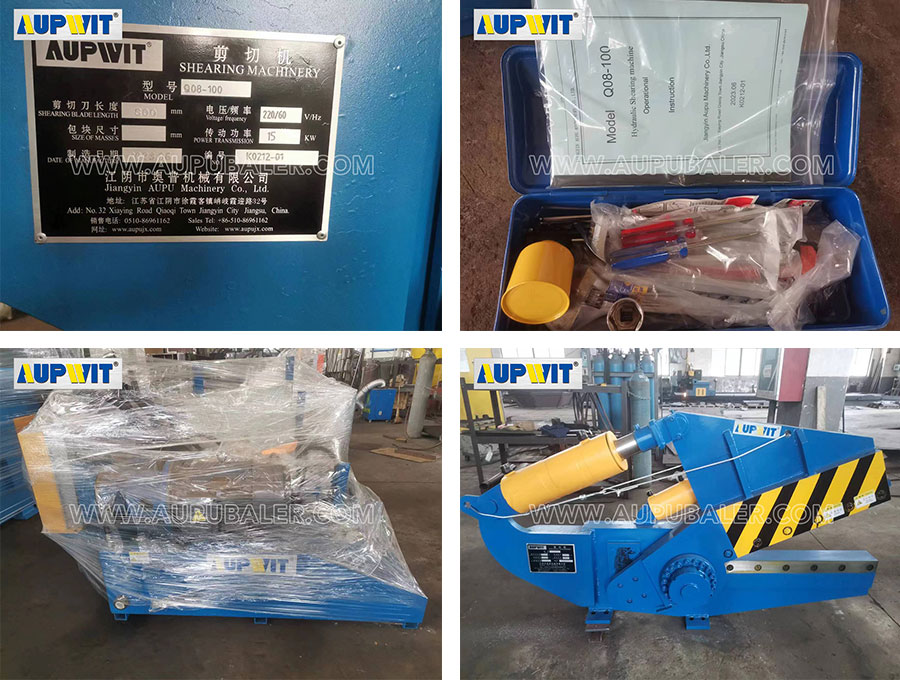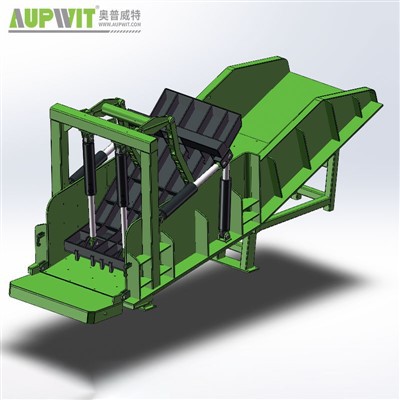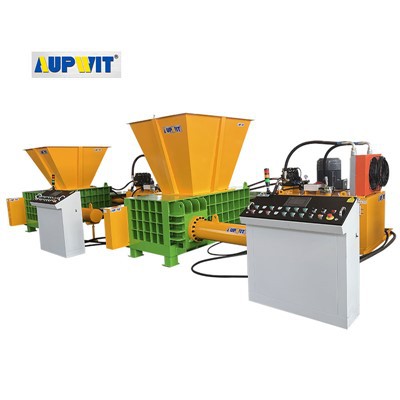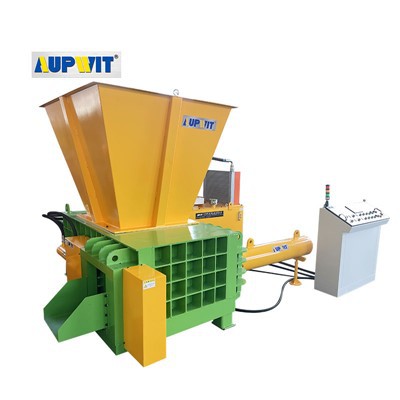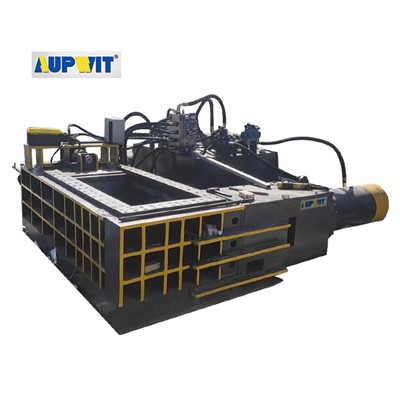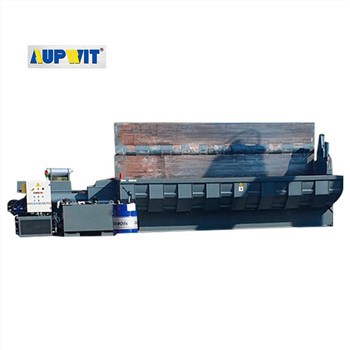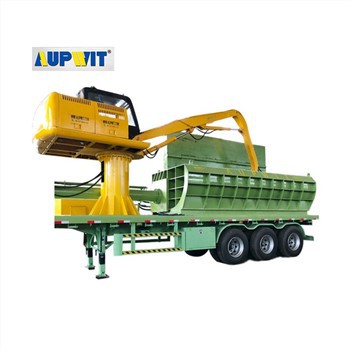1. Material properties
Hardness: The higher the hardness of the material, the more difficult it is to cut, and the cutting speed needs to be reduced accordingly.
Toughness: Materials with good toughness are prone to deformation and tearing during the cutting process, which will consume more energy and limit the cutting speed.
Thickness: As the thickness of the material increases, more material needs to be removed during cutting, and the cutting speed will generally decrease. Thicker metal sheets require greater cutting force, and the tool will wear faster during the cutting process. To ensure cutting quality and tool life, the cutting speed must be reduced.
2. Tool parameters
Tool material: Tools of different materials have different hardness, wear resistance and heat resistance, which will affect the cutting speed.
Tool geometry: The geometric parameters such as the cutting edge angle and the sharpness of the cutting edge of the tool have an important influence on the cutting speed. A sharp cutting edge can cut into the material more easily, reduce the cutting force and heat generation, and help increase the cutting speed. A larger cutting edge angle can increase the strength of the tool, but it will increase the cutting force, and the cutting speed may need to be reduced.
3. Equipment performance
Power: The greater the power of the equipment, the greater the cutting energy it can provide, which can increase the cutting speed to a certain extent. For high-power Metal Shear equipment, it is easier to cut thick plates or high-strength materials, and a higher cutting speed can be used.
Transmission system accuracy: The accuracy of the transmission system affects the stability and accuracy of the tool movement. If there is a gap or vibration in the transmission system, the tool will shake during the cutting process, affecting the cutting quality and speed. A high-precision transmission system can ensure the smooth movement of the tool and help increase the cutting speed.
4. Cutting process parameters
Cutting angle: A suitable cutting angle can make the cutting force more evenly distributed on the material, reduce tool wear and material deformation, thereby increasing the cutting speed.
Feed speed: The feed speed refers to the speed at which the tool moves along the cutting direction during the cutting process. Properly increasing the feed speed can improve cutting efficiency, but if the feed speed is too fast, it may cause problems such as tool overload and reduced cutting surface quality. Therefore, it is necessary to reasonably adjust the feed speed according to the characteristics of the material and tool.
